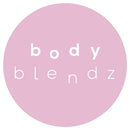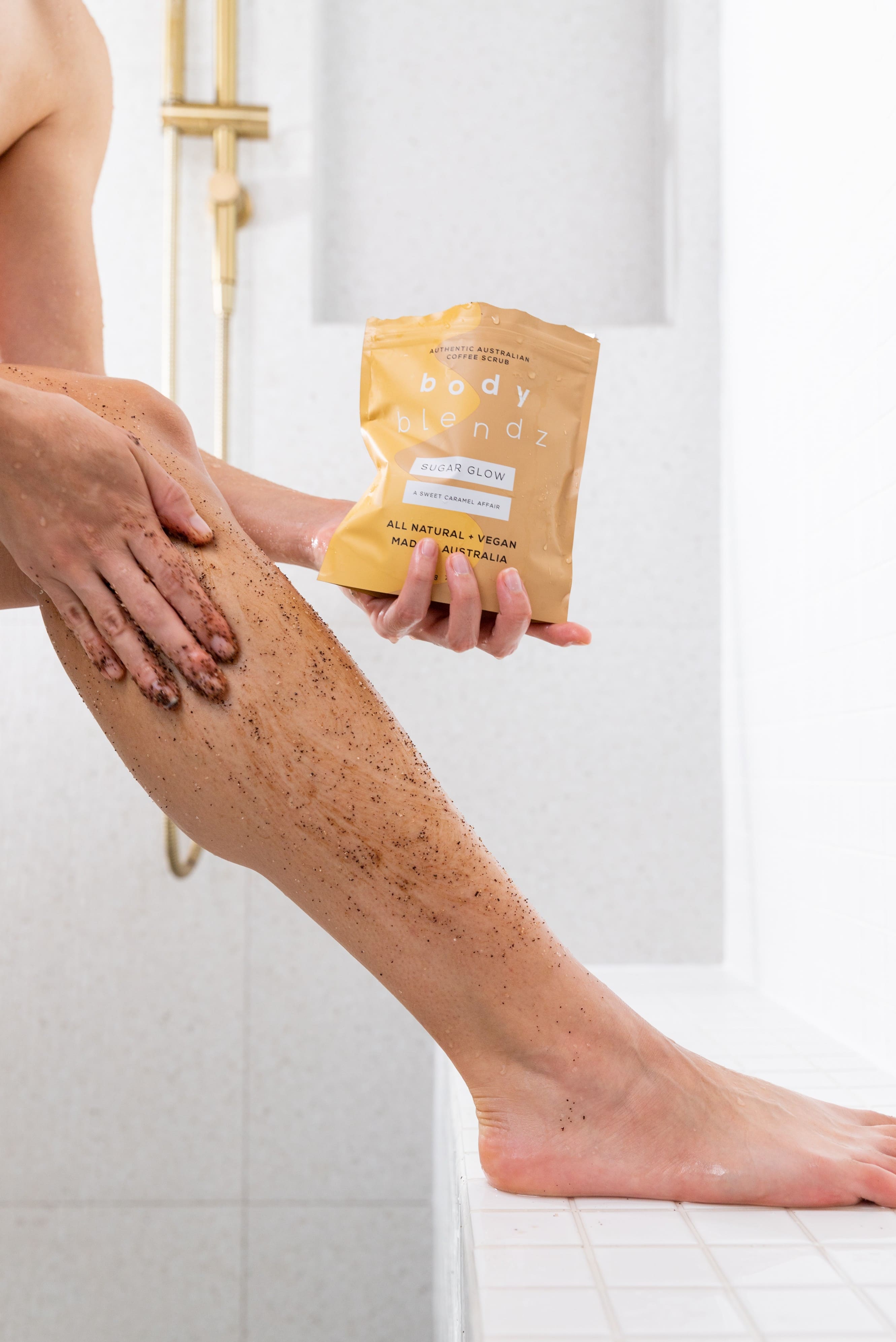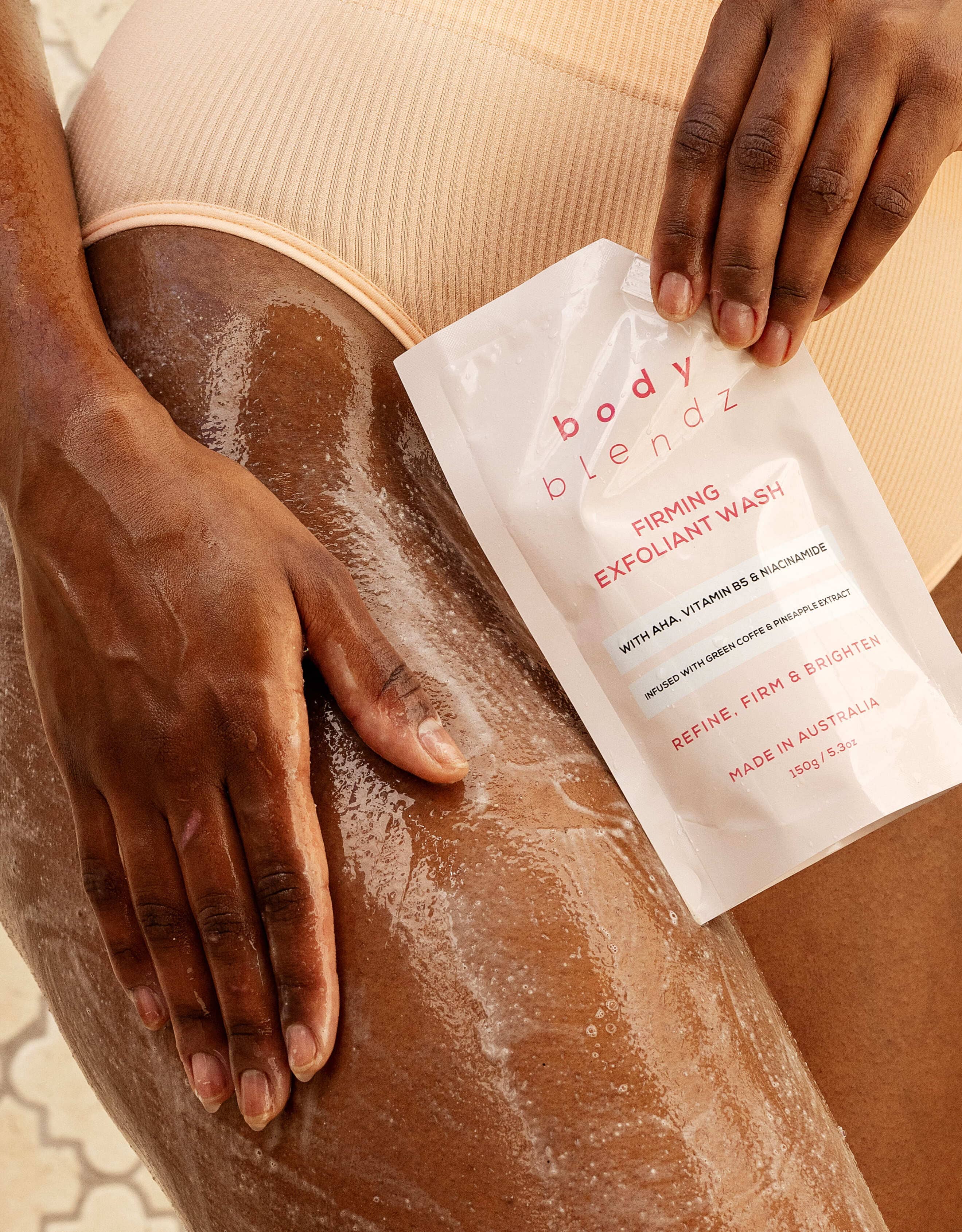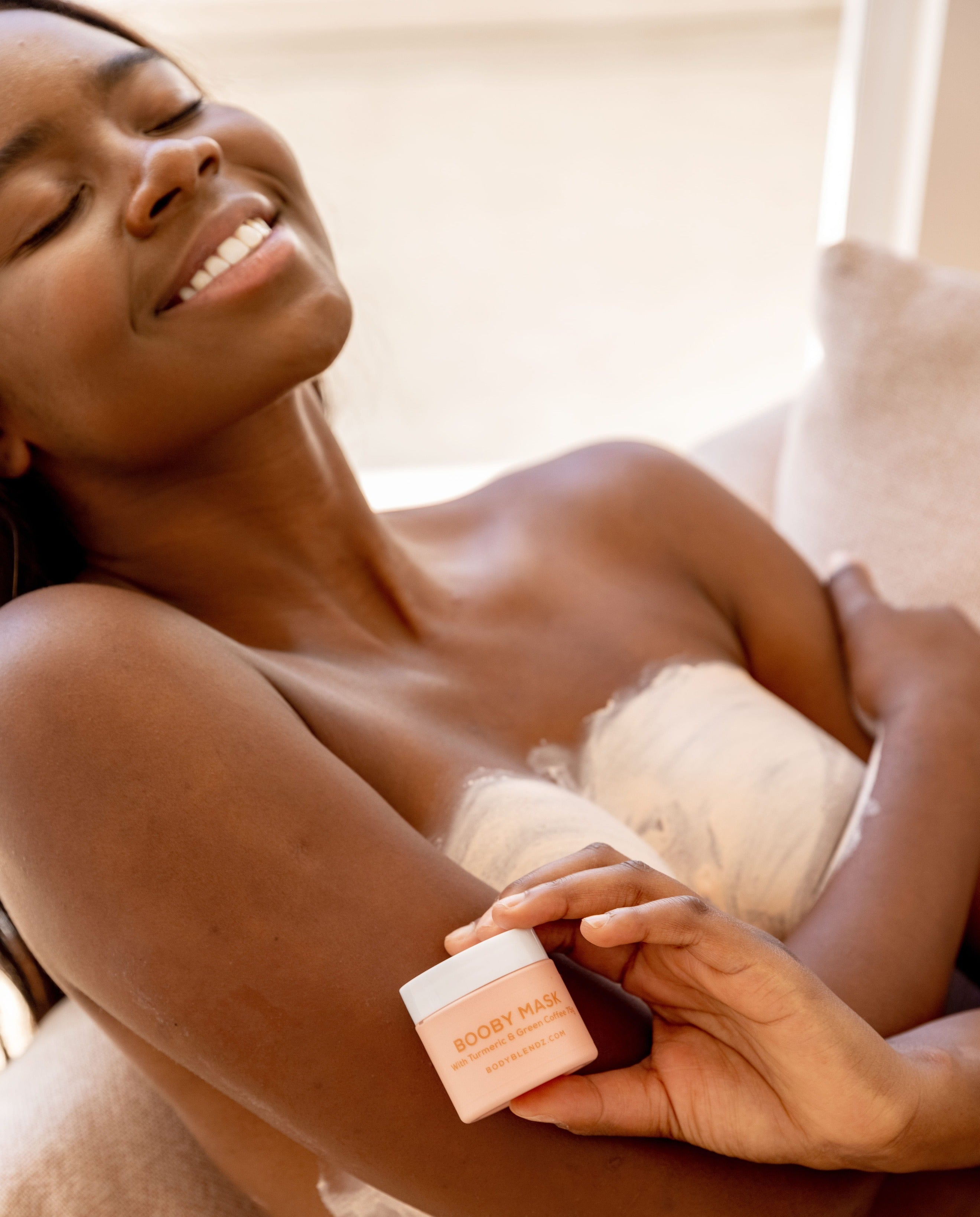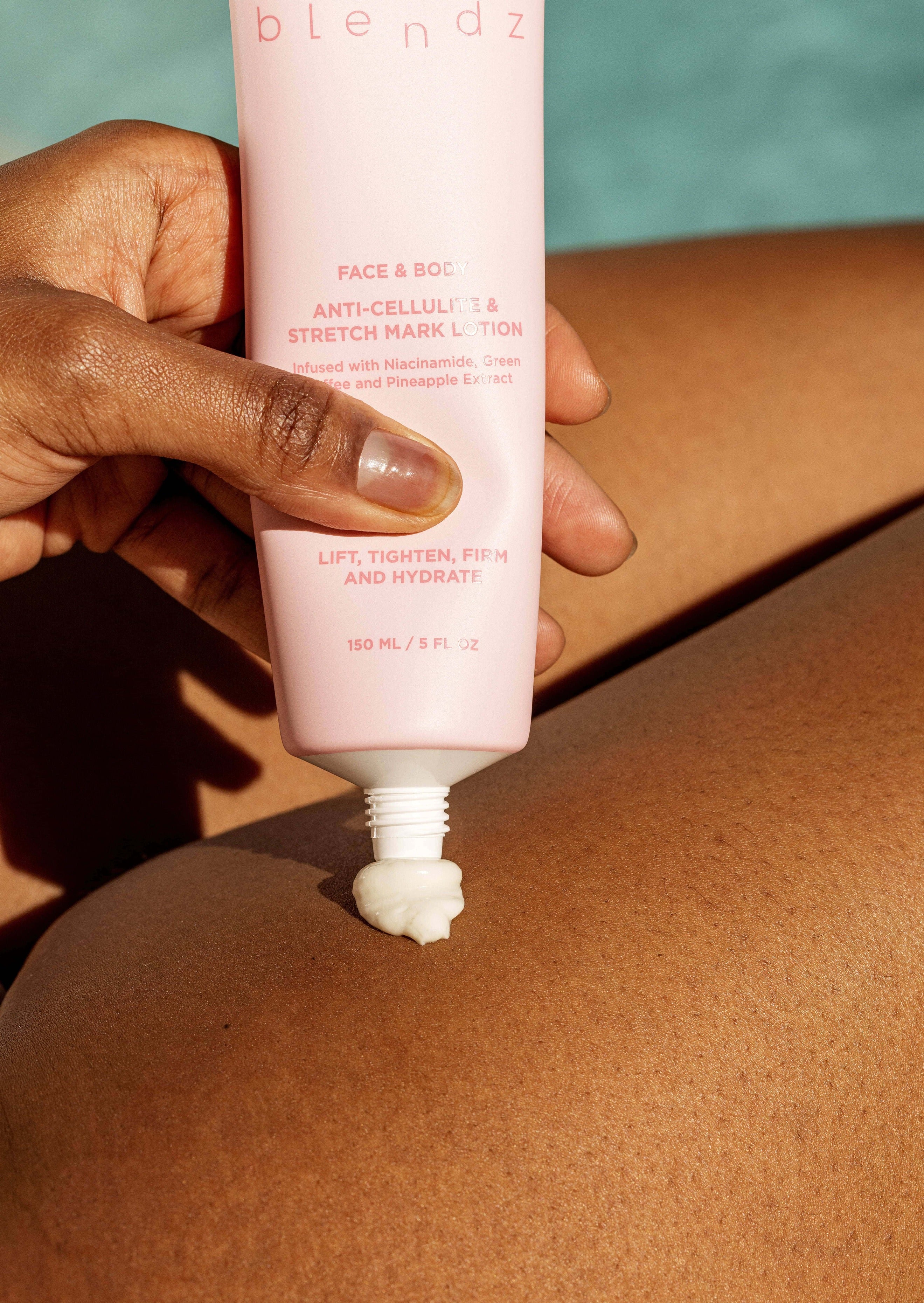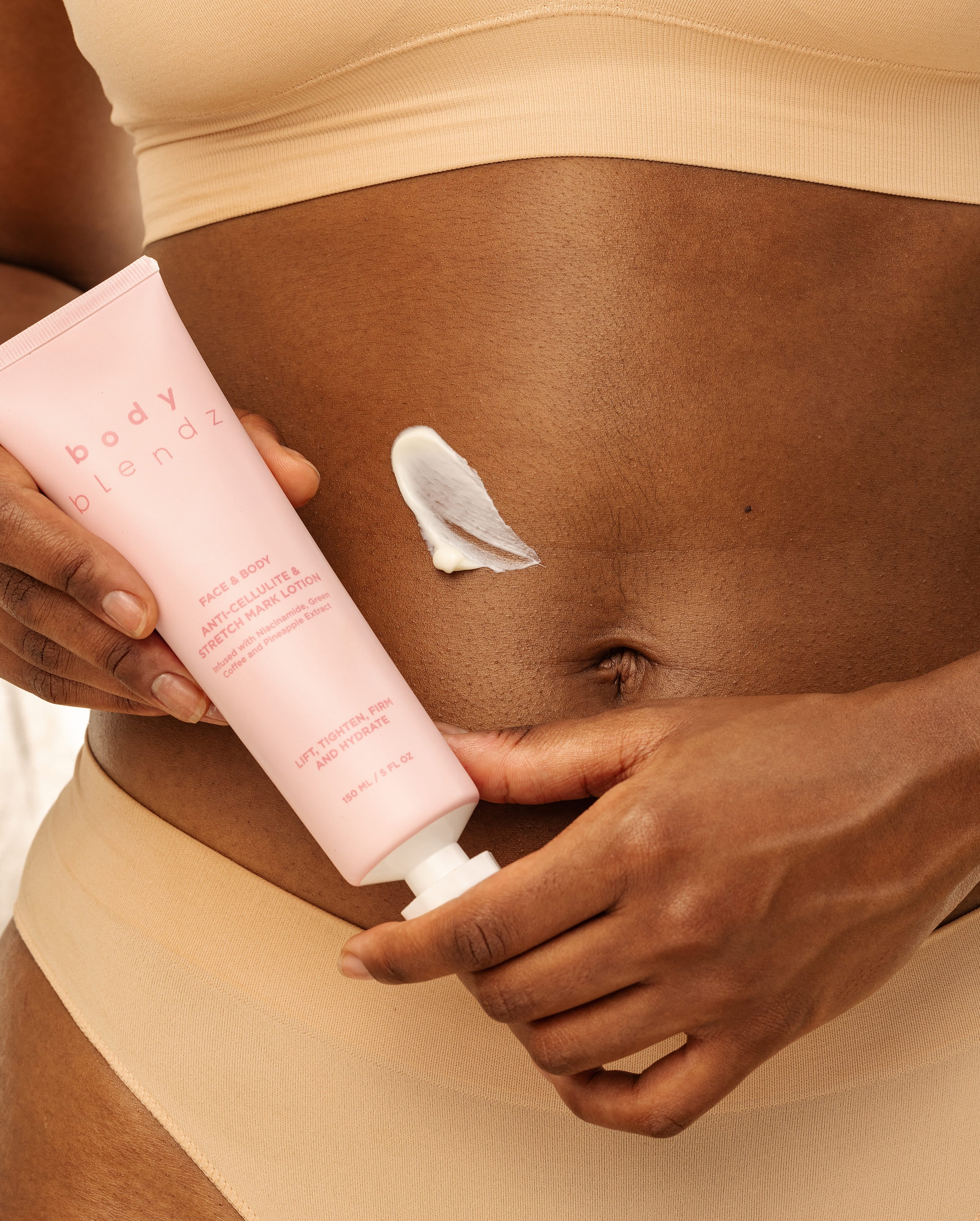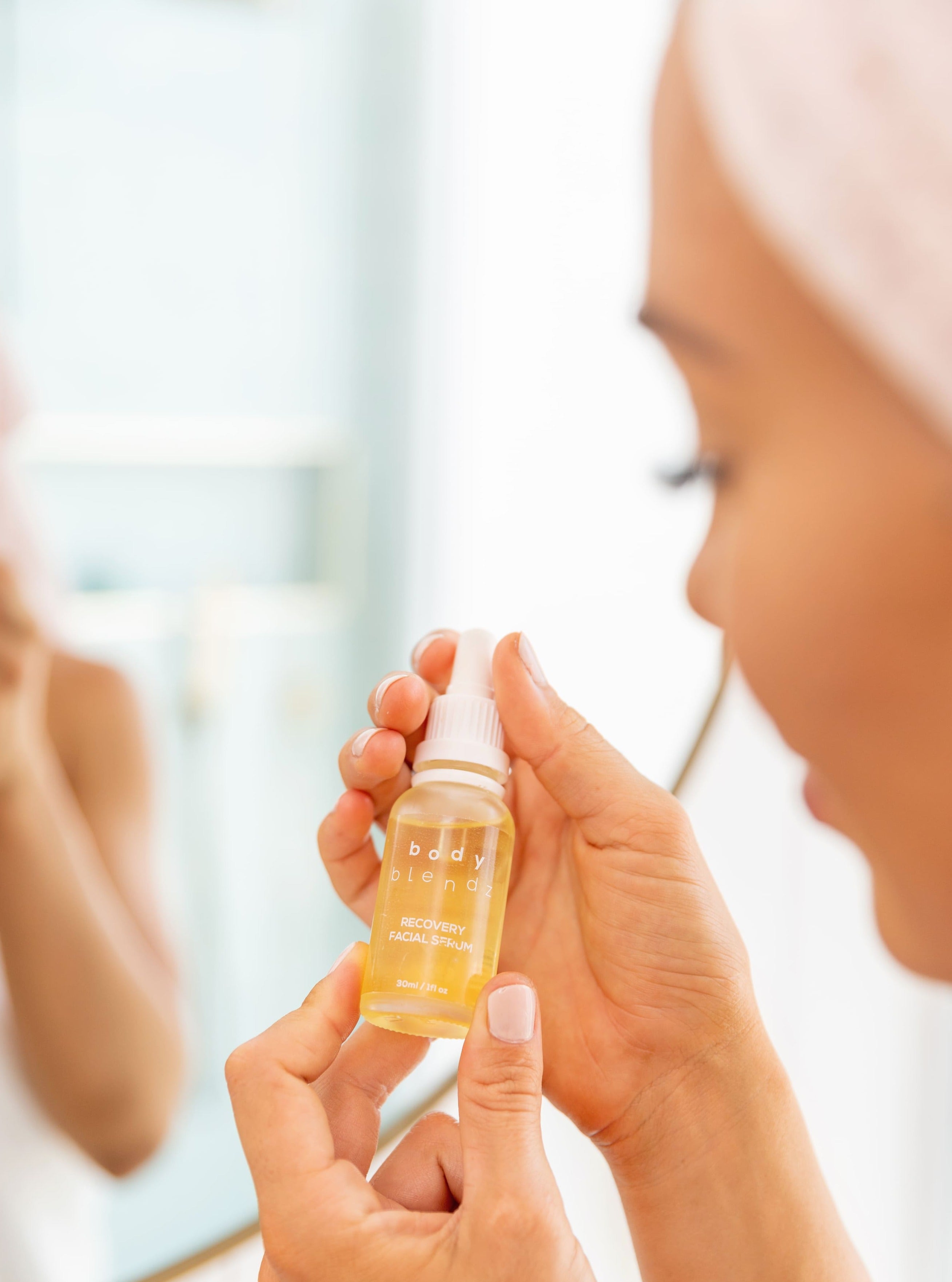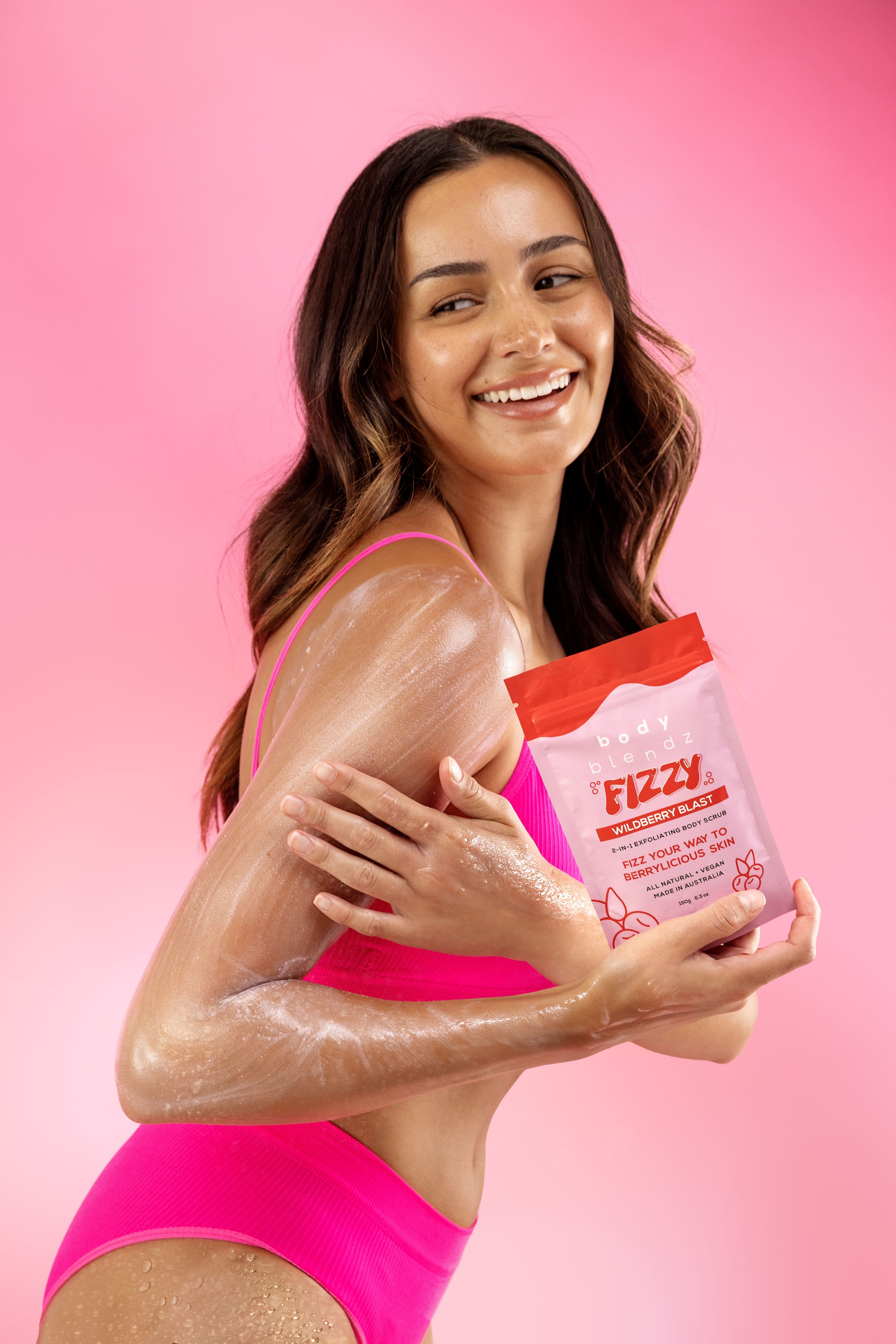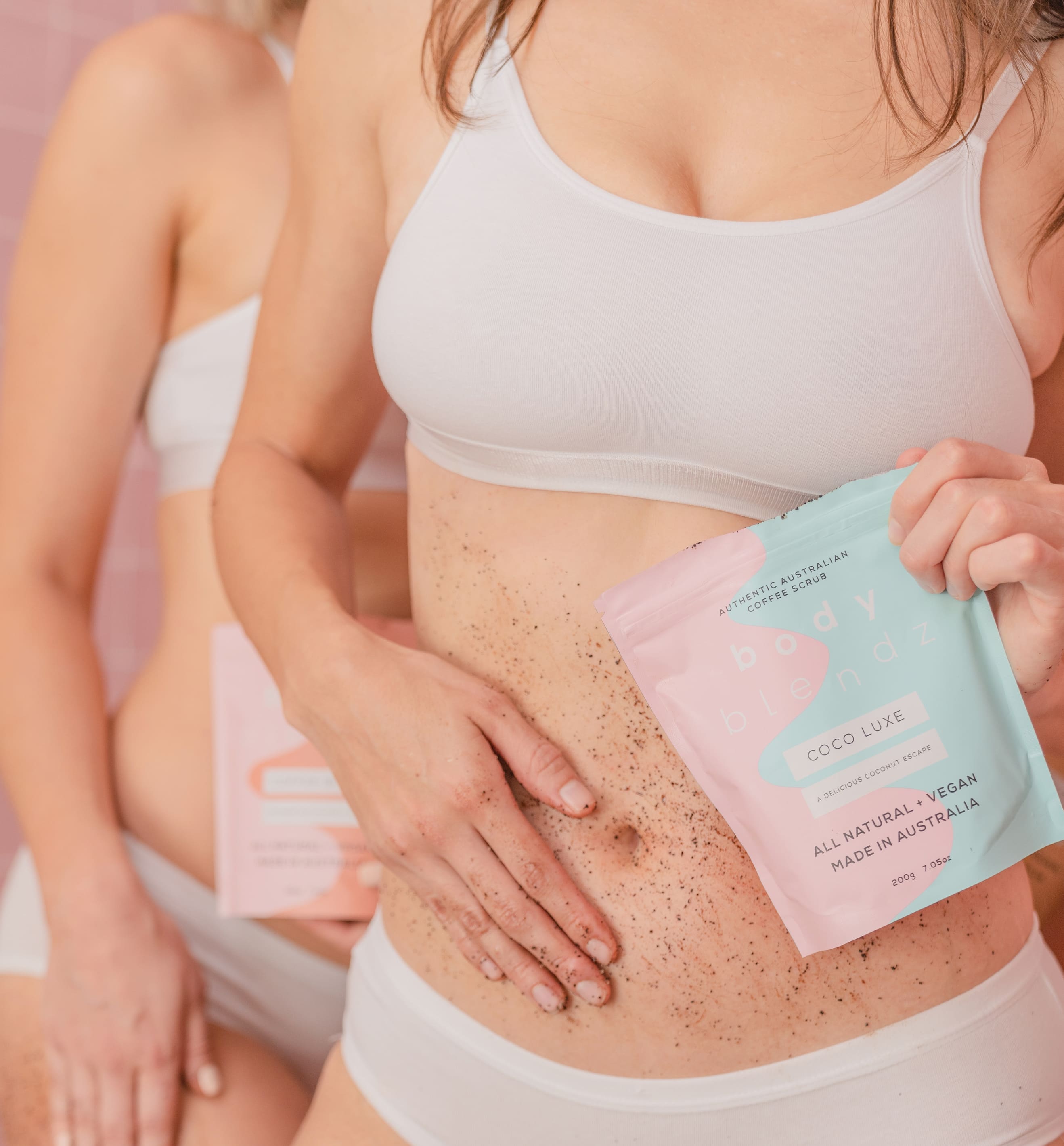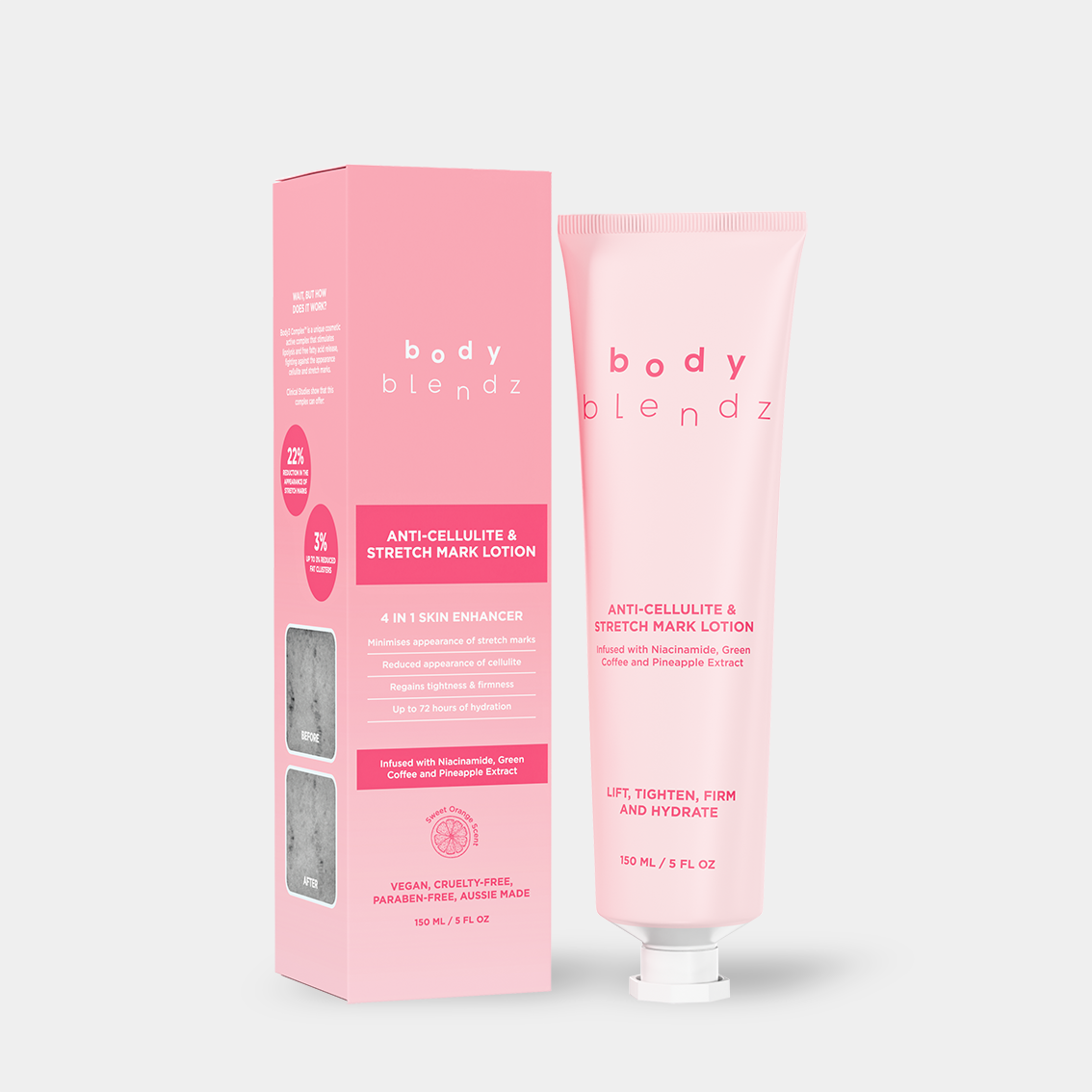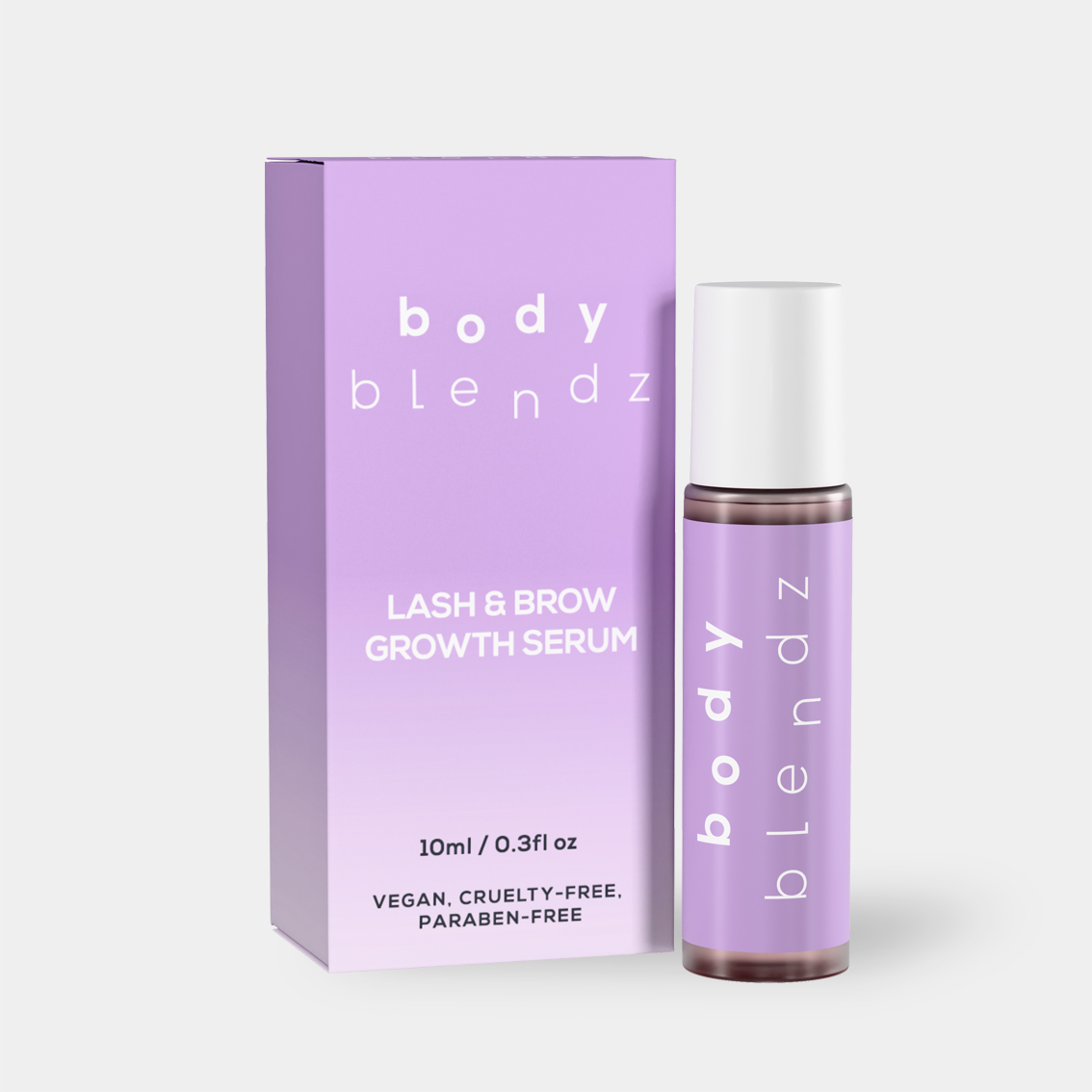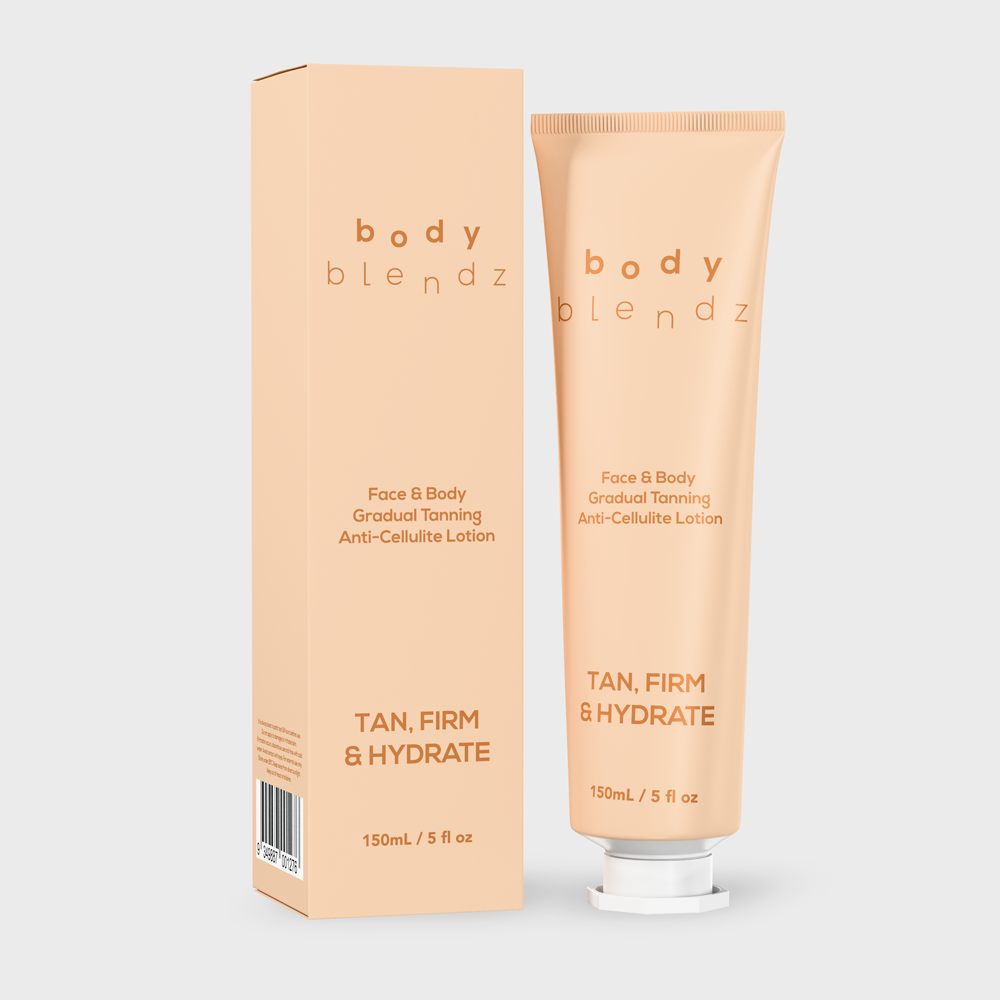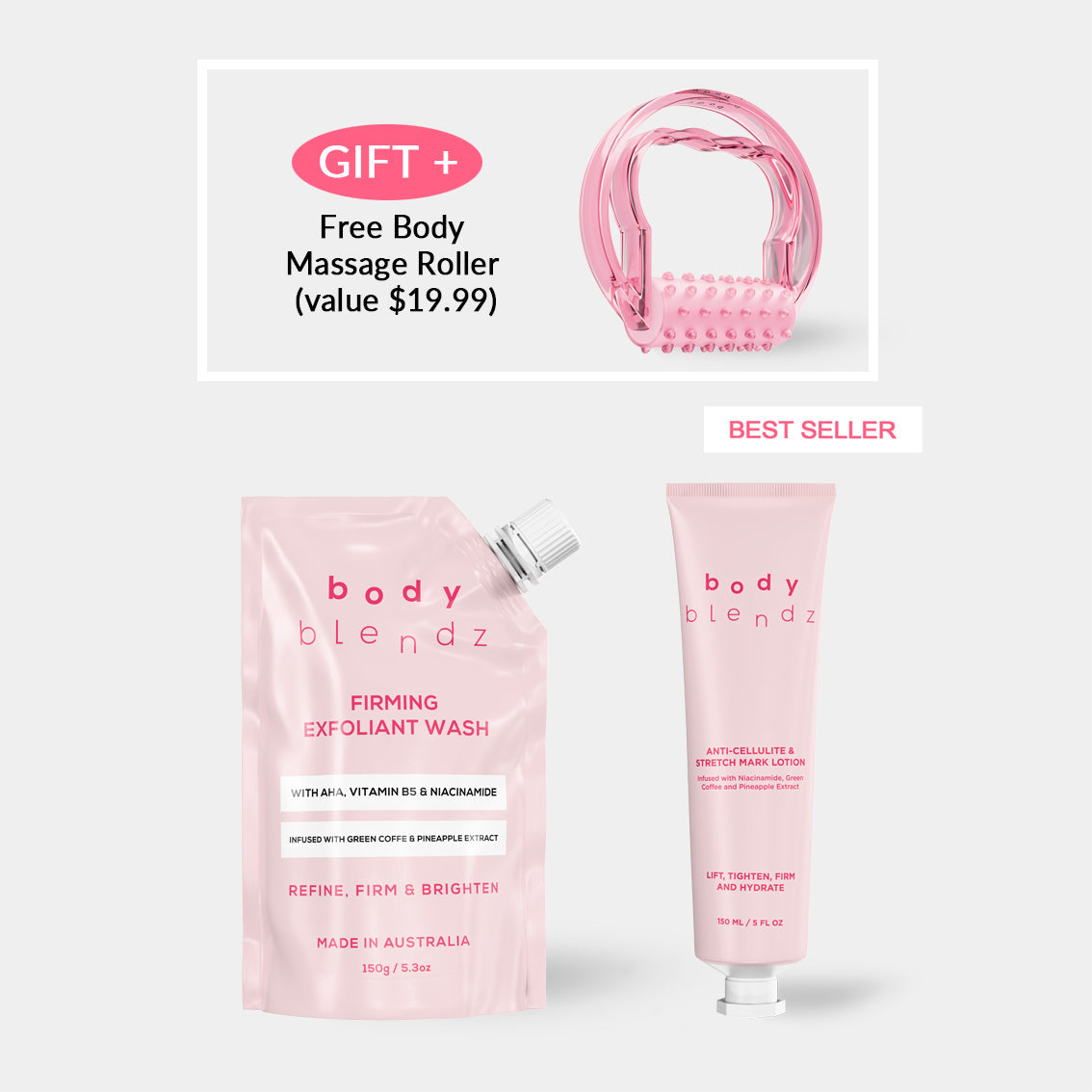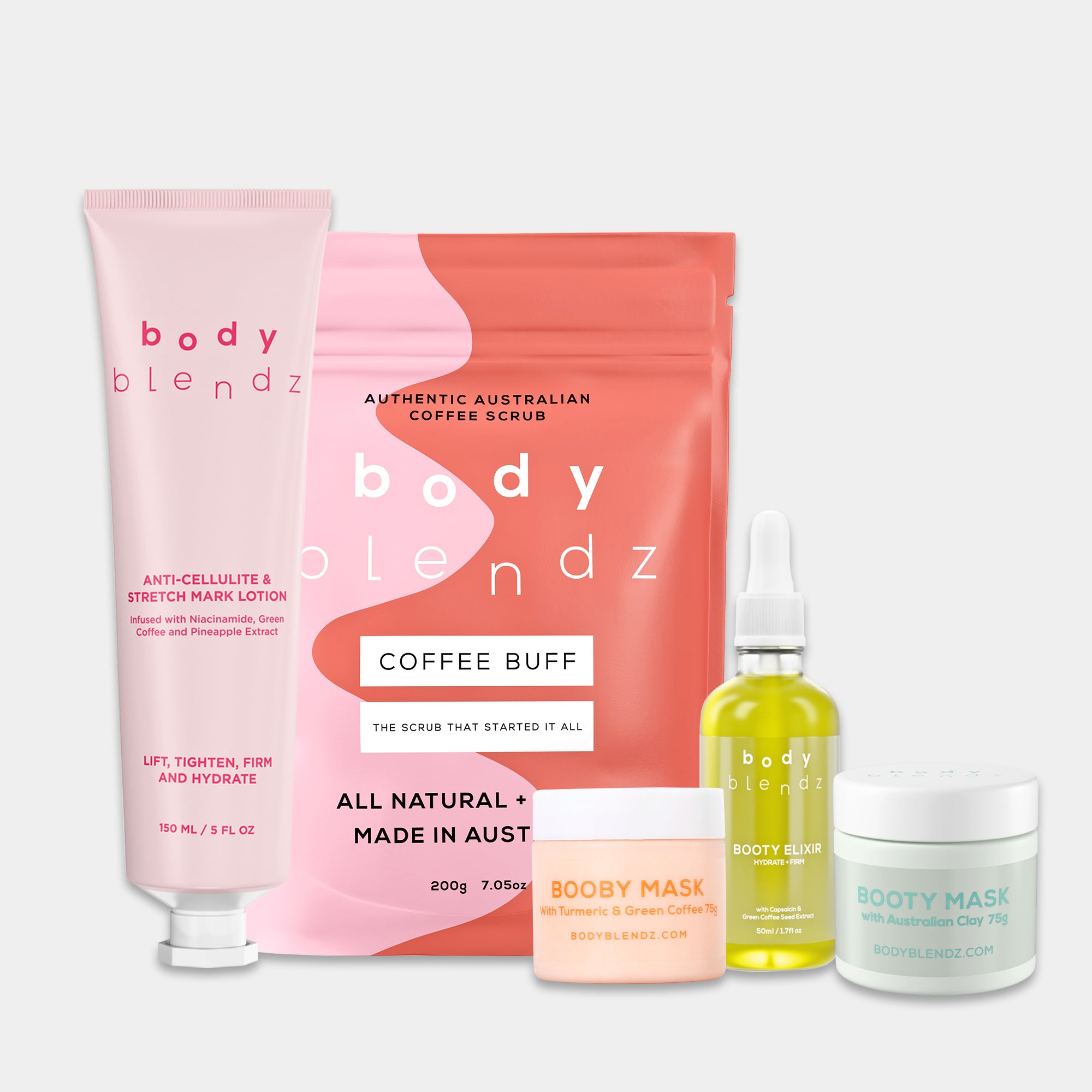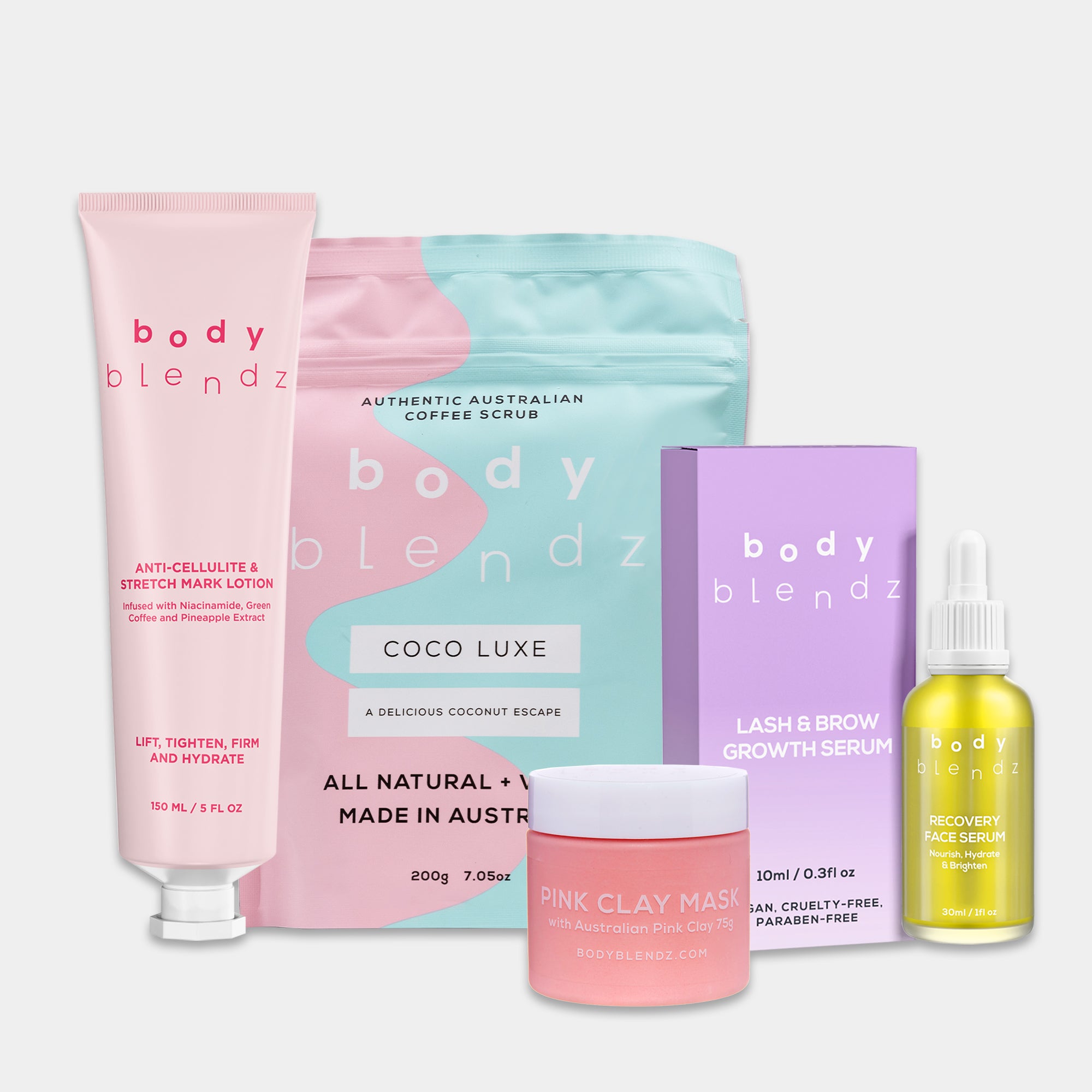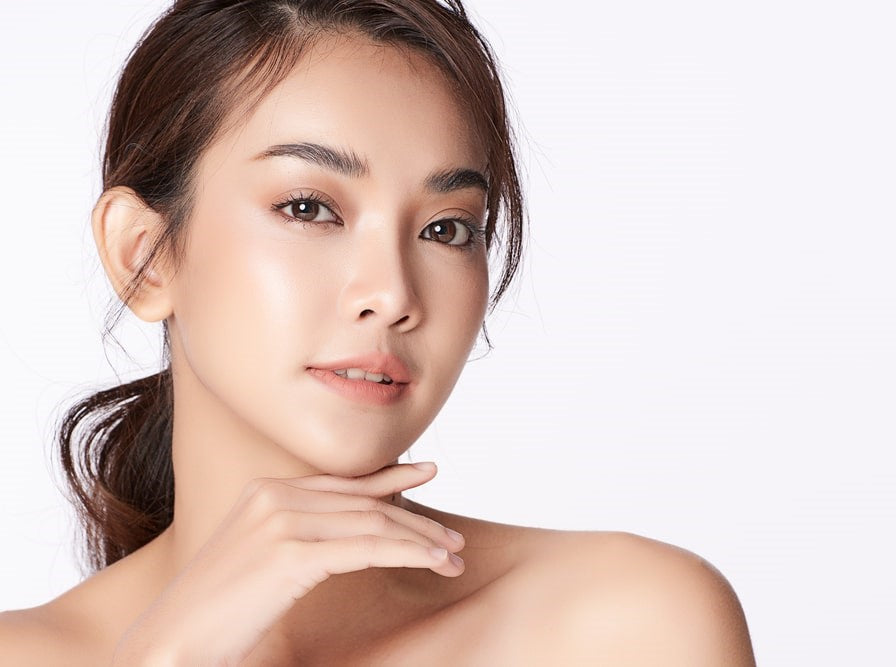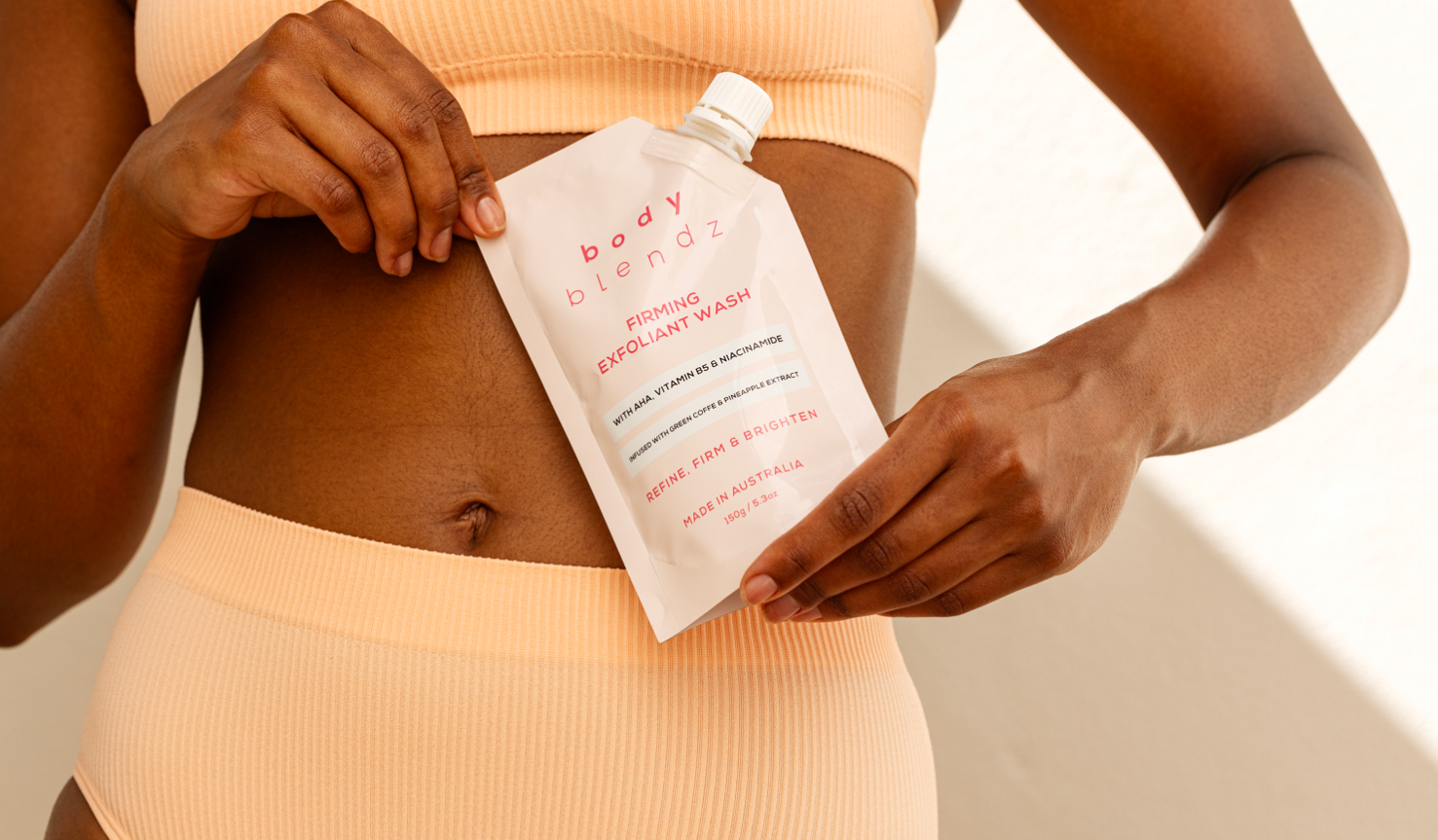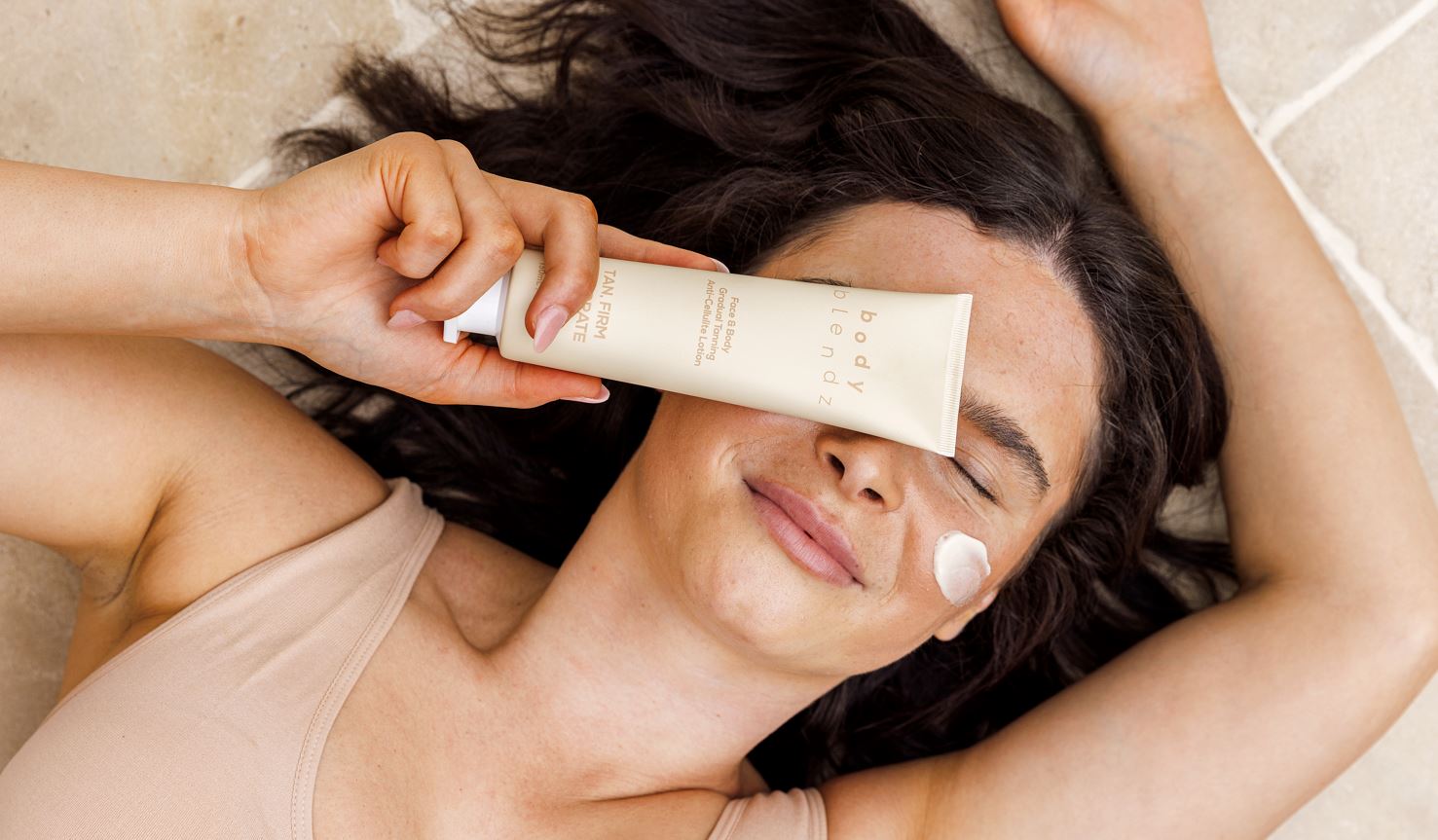The Right Acid for Your Skin: AHA or BHA?
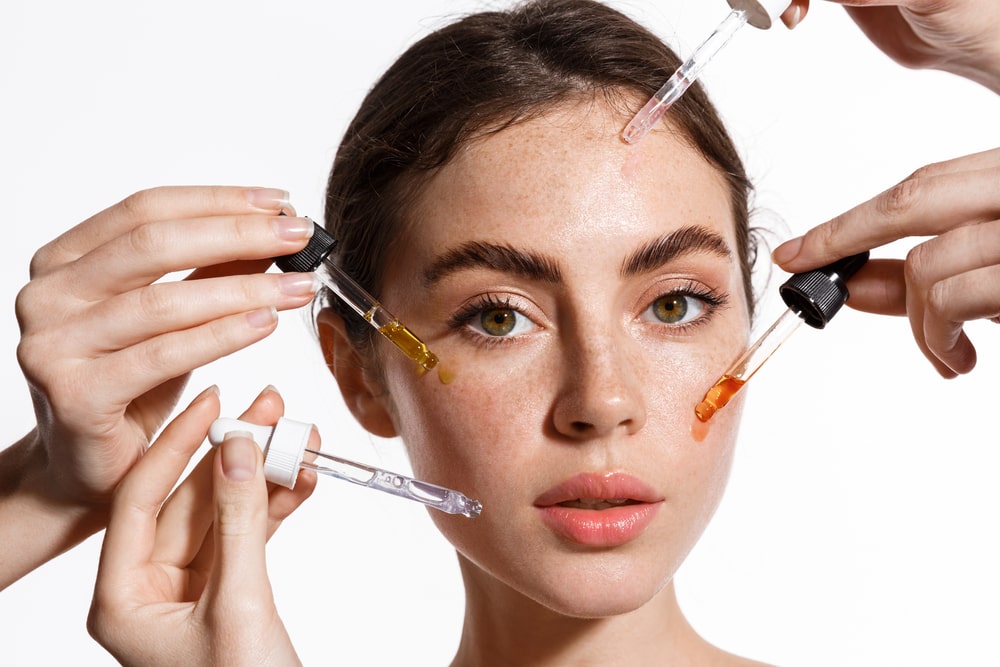
Exfoliation and replacement of dead skin cells occurs naturally in our skin daily, but aging and sun damage can slow down this process over time. This causes dull, dry, or flaky skin, as well as clogged, enlarged pores, pimples, wrinkles, loss of firmness, and uneven skin tone. In this situation, your skin is probably having difficulty exfoliating itself. So, for glowing skin, a little assistance from exfoliating solutions may be needed.
The best approach to keeping your skin looking fantastic is to exfoliate regularly. In place or in conjunction of physical exfoliants, a new generation of exfoliants that use naturally occurring chemicals has emerged.
What are AHAs and BHAs?
AHAs and BHAs are two of the most prevalent chemical exfoliant acids. Alpha and beta-hydroxy acids can be used separately or together; neither is superior to the other because they address different skin needs.
AHA is an abbreviation for alpha-hydroxy acid, whereas BHA stands for beta-hydroxy acid. They're both chemical exfoliants that can be found in many skincare products. They can be manufactured synthetically or naturally.
AHA
Alpha-hydroxy acids, also known as AHAs, are a type of chemical exfoliant that is soluble in water. AHAs are derived from milk, sugar cane, and fruits. AHAs help in the removal and replacement of dead skin cells that make our complexion look lacklustre.
AHAs improve the efficacy of other skincare products by removing excess dirt, oil, and dead skin. This makes it possible for other products to more effectively penetrate the skin and work their intended magic.
They may also boost the production of collagen, which plays a role in reducing fine lines and wrinkles. Because AHAs don't remove oil from your pores, they're popular among those with dry skin.
The Benefits of AHAs
AHAs help to speed up the removal of dead skin cells that have accumulated on the surface of the skin. AHAs gently break the bonds between dead skin cells that have stayed together. When the bonds between dead skin cells are broken, the cells can shed themselves, a process known as exfoliation.
As a chemical exfoliant, alpha-hydroxy acids encourage the turnover of skin cells, which has a wide range of positive effects. AHA as an active ingredient in skincare products can be used for a variety of purposes, but the following are the most common:
• Make minor hyperpigmentation, such as age spots and scars, appear less noticeable.
• Reduce the appearance of creases and lines, particularly fine ones.
• Reducing the size of the pores

BHA
Beta-hydroxy acids are oil-soluble, which means that they can penetrate deeper into your skin to remove dead skin cells while also helping to decongest clogged pores. Because BHAs dissolve oil, they are ideal for people with oily skin and combination skin.
BHAs may also make collagen more dense, which can make fine lines look less noticeable and help slow down the aging process.
Excessive use of BHA can be irritating, cause dry skin, and disrupt the acid mantle. For this reason, BHAs are typically more beneficial in lower concentrations.
Benefits of BHA
BHAs balances sebum production because they get deep into your pores to first remove dead skin and then dissolve excess oil.
BHAs work best on combination or oily skin, but those with sensitive skin can use them at lower concentrations. At the right concentration, BHAs are gentle enough for sensitive skin types, including those prone to redness or rosacea.
BHAs’ anti-bacterial and anti-inflammatory properties help with various skin troubles, such as:
• Acne
• Blackheads and whiteheads
• Redness from rosacea

How are AHA and BHA different?
Before examining how AHAs and BHAs differ, let's examine the skin benefits they share.
AHA’s and BHA’s common benefits are:
• Exfoliate flaky dead skin cells
• Helps reduce the visibility of large pores
• Helps to prevent skin breakouts
• Minimise the appearance of premature wrinkles
• Helps fade hyperpigmentation and acne marks
Despite the fact that AHA and BHA share many similarities, it is important to be aware of their differences.
Solubility. Because AHAs are water-soluble, they can only work on the skin's surface to exfoliate and break down dead skin cells. AHAs are best for smoothening rough, wrinkly skin and for making the skin tone even.
BHAs are oil-soluble, they are able to penetrate deeper layers of skin than other types of exfoliants. BHAs is more effective when treating or preventing skin breakouts.
Skin types. AHAs and BHAs work best for different types of skin. AHAs only work on the top layer of skin, so they don't remove oil from the pores below. Because of this, people with dry skin are more likely to benefit from AHAs.
BHAs work deep in the pores to remove oils, which makes them a popular choice for people with oily skin or skin problems like acne, blackheads, blemishes, or sebum buildup.
Different sources. AHAs are derived from natural sources like grapefruit, tomato, pineapple, and papaya, or from milk, as is the case of lactic acid. On the other hand, BHAs are derived from tree bark and leaves. These days, both can be produced synthetically.
Sun sensitivity. AHAs can increase the photosensitivity of the skin, making it more susceptible to sun damage. Even though BHAs don't make your skin sensitive to sunlight in the same way, as a precaution, you should have adequate sun protection whenever you use products containing AHA and BHA.
Concentration. Products with AHAs as the active ingredient usually have higher concentrations compared to products with BHAs. Ideally, AHA concentration hovers between 4% and 10%, in order to achieve exfoliating benefits. AHA concentration should not go higher than 10% - 15%.
On the other hand, BHA products usually only come in .5 or 2% percent concentrations. Less is more when it comes to BHAs.
Bottom Line
Neither alpha-hydroxy nor beta-hydroxy acid is superior to the other because they address different skin needs. If you need help with rough, patchy skin tone with premature wrinkles, choose AHA. If your oily/combination skin is prone to breakouts, pick BHA.
Both acids can even be used together if there is a need. Using both AHA and BHA at the same is safe and effective when used with the proper concentrations and the right formulation.
![]()
AHA Facial Peeling Solution + BHA
|
Recovery Face Serum
|
